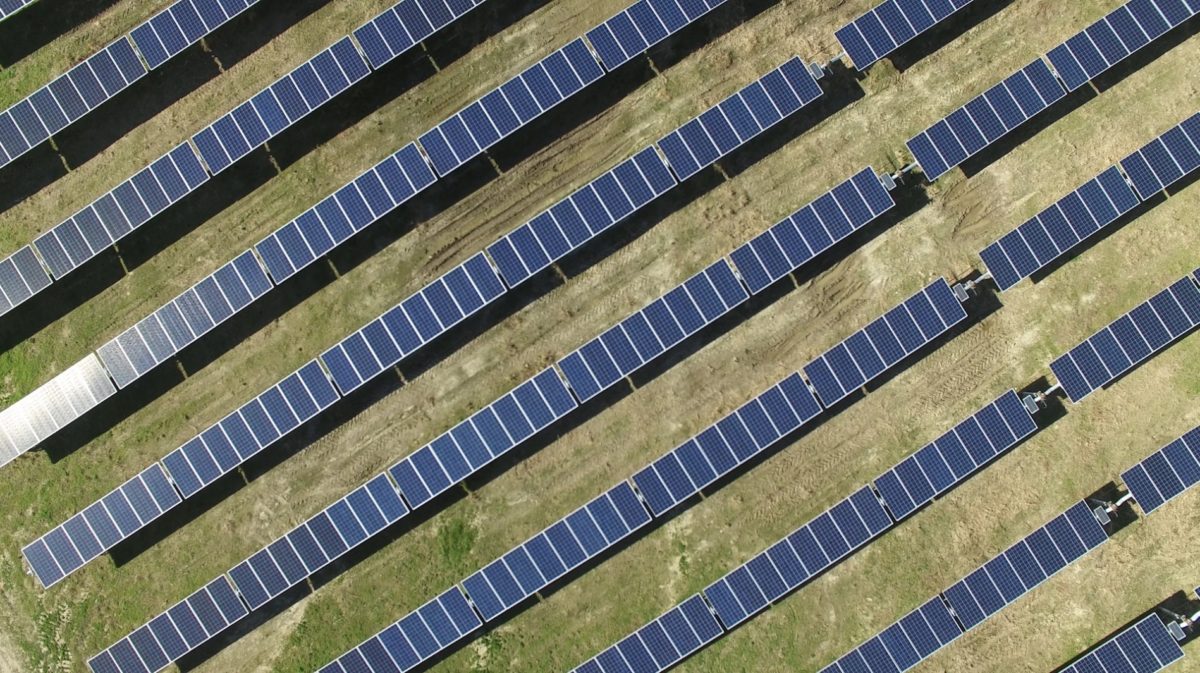Appalachian Power, the Charleston, West Virginia-based utility, which serves about one million customers in central and Southern West Virginia, the West Virginia Panhandle, Southwest Virginia and parts of Northeast Tennessee, is looking to acquire or contract for 294 MW of solar and 204 MW of wind over the next three years. This is all part of its long-range plan to meet the renewable energy targets established by the Virginia Clean Economy Act (VCEA).
The VCEA requires all utilities operating within the commonwealth to file an annual plan with the Virginia State Corporation Commission (SCC) outlining how it will meet key mandates as it reaches 100% carbon-free status by 2050. While the 500 MW mentioned above comprises Appalachian Power’s short-term plan, the utility also intends to add approximately 3,300 MW of solar, 2,600 MW of energy storage and nearly 3,000 MW of onshore wind to its current portfolio by 2040.
The first arm of Appalachian Power’s short-term procurement plan came to fruition earlier this week, when Canadian Solar announced that its wholly owned subsidiary, Recurrent Energy, completed a purchase and sale agreement with Appalachian Power for Recurrent’s Firefly Energy solar project located in Pittsylvania County, Virginia.
Expected to be operational in the 2nd quarter of 2024, Firefly Energy will have capacity of 150 MW, and is Appalachian Power’s largest solar energy acquisition to date. The project is being developed and constructed by Recurrent under a Build Transfer Agreement (BTA), and, pending local and state permits and other regulatory approvals, construction of the project is expected to start in early 2023.
In the short-term plan, Appalachian power has also asked for regulatory approval to recover the costs associated with purchase of two smaller solar installations: a 50 MW project in Berkeley County, West Virginia, right on the Maryland-West Virginia border, and a 4.9 MW solar facility in Amherst County, Virginia, just north of Lynchburg. The company is also seeking regulatory approval to enter into agreements to purchase capacity from three Virginia solar facilities via power purchase agreements (PPAs), with this portfolio adding approximatley 89 MW of power to the company’s energy supply, assuming approval is granted.
Independent of the 500 MWs marked for solicitation, the short-term plan includes 55 MW of separate solar projects that are or will be in service in the coming months. In this filing, the company is seeking to include in rates the costs associated with these projects and the Amherst project, as well as market REC purchases, also required under VCEA compliance.
All of these acquisitions and power contracts considered, residential customer bills are expected to increase approximately $2.37 monthly, for a home using 1,000 kWh a month, according to Appalachian Power.
This content is protected by copyright and may not be reused. If you want to cooperate with us and would like to reuse some of our content, please contact: editors@pv-magazine.com.









By submitting this form you agree to pv magazine using your data for the purposes of publishing your comment.
Your personal data will only be disclosed or otherwise transmitted to third parties for the purposes of spam filtering or if this is necessary for technical maintenance of the website. Any other transfer to third parties will not take place unless this is justified on the basis of applicable data protection regulations or if pv magazine is legally obliged to do so.
You may revoke this consent at any time with effect for the future, in which case your personal data will be deleted immediately. Otherwise, your data will be deleted if pv magazine has processed your request or the purpose of data storage is fulfilled.
Further information on data privacy can be found in our Data Protection Policy.